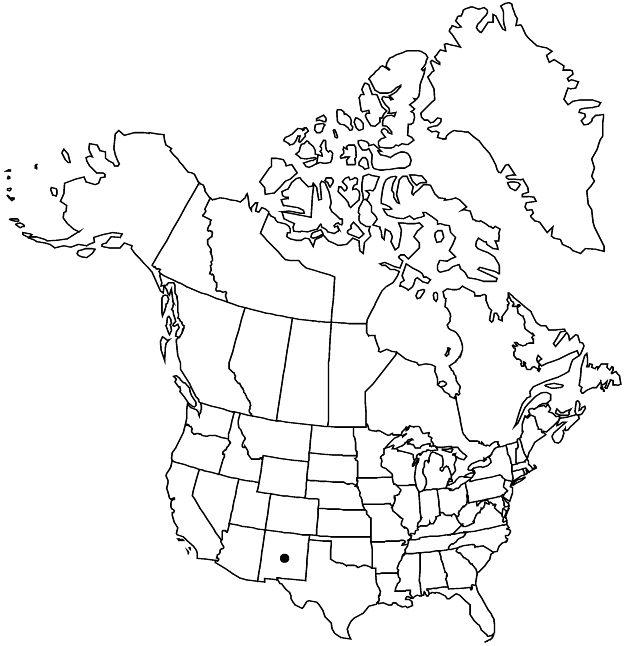Difference between revisions of "Eriogonum atrorubens var. atrorubens"
FNA>Volume Importer |
(No difference)
|
Revision as of 21:29, 26 July 2019
Herbs, polycarpic, 5–10(–12) dm, glabrous, glaucous; taproot not chambered. Stems: caudex absent; aerial flowering stems usually 1, usually fistulose, 1–4 dm, glabrous, glaucous. Leaves basal; petiole 3–8(–10) cm, sparsely strigose; blade oblanceolate or oblong to elliptic, 4–8 × 1–3 cm, strigose on both surfaces, often slightly less so adaxially. Inflorescences 4–8 dm; branches glabrous, glaucous; bracts semileaflike to scalelike, 1–4(–10) × 1–3 mm. Peduncles erect, straight or curving upward, (1–)2–6(–12) cm, glabrous. Involucres turbinate to turbinate-campanulate, 1.5–4(–4.5) × 1–2.5(–3) mm, glabrous; teeth 0.5–1.5 mm. Flowers (1.5–)2–2.5 mm in anthesis, 3–6 mm in fruit; perianth purple to red or maroon, glabrous; tepals broadly spatulate to obovate; stamens 2–2.5 mm; filaments glabrous. Achenes light greenish brown to brown, (2–)3–5 mm, slightly 3-winged distally, nearly beakless, glabrous. 2n = 40.
Phenology: Flowering Jun–Oct.
Habitat: Sandy to loamy flats and slopes, mixed grassland communities, oak and montane conifer woodlands
Elevation: 1800-2000 m
Distribution

N.Mex., Mexico (Chihuahua, Durango, Sonora, Zacatecas).
Discussion
Variety atrorubens enters the flora area in the San Luis Mountains of southern Hidalgo County, New Mexico, literally along the border with Mexico. The root is used medicinally in Mexico as a treatment for toothache.
Selected References
None.